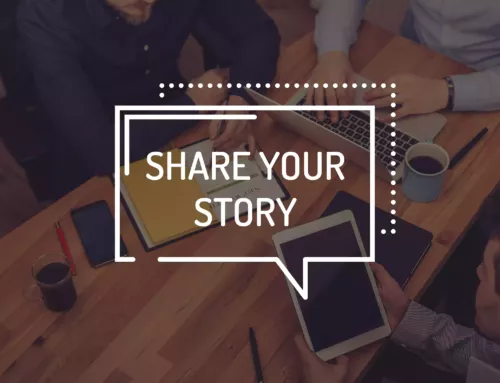A common misconception about emotional intelligence is that you’ve either got it or you don’t. Fortunately, that’s simply not true.
In Psychology Today, emotional intelligence is described as your ability to identify and manage your own emotions as well as the emotions of others. While it’s not a new concept, emotional intelligence, or EQ, is experiencing a resurgence today as leaders and entrepreneurs strive to set themselves apart.
When you become more emotionally intelligent, you are better equipped to reveal yourself more authentically to clients and prospects. Read “Is Emotional Intelligence a Skill or a Quality?”
There are four skills that enable you to achieve your potential for persuasion and stand out in the crowd:
- Self-awareness
- Self-management
- Social awareness
- Relationship management
One of the key tools for improving how you manage relationships is building trust. And creating an emotional connection with your audience is a great way to do that.
As a presenter you can’t just get up there and vomit what you want to say and expect that people are going to listen to you, much less like you or feel connected to you.
You have to understand that in order for you to change behavior, to inspire people to listen – not pay attention to their phone, not think about what’s for dinner, not want to answer that annoying client email — they have to connect with you and trust you.
One thing you can do early in the presentation is weave in elements that will build that trust. And sharing your personal brand WHY story is one of the most powerful ways to make that happen.
Your personal brand story tells why you do what you do and why you care about the people you serve. Your WHY story is powerful because it allows people to see you as a human being. It empowers you to quickly increase trust, connection and likeability.
My client, Kevin, was asked to present at an industry conference about his company’s process for training and retaining employees. Though he had never been a public speaker, he nailed the presentation and was asked to speak again!
What was his secret?
Kevin connected immediately with the audience by sharing a personal story about his desire to improve the business that had been in his family for generations. The audience was more open to the rest of Kevin’s presentation because they could relate to his passion. You see, most of the audience worked in family businesses too.
When you share the right story at the right time with your right audience, and you do that within the first five to ten minutes of your presentation, you will immediately build trust. The story structure will break down barriers and create an emotional connection.
You can learn more about creating your personal brand WHY story to use for presentations and in one-on-one conversations and to connect with others on social media. Get started today.






